Blog
June 16th 1926
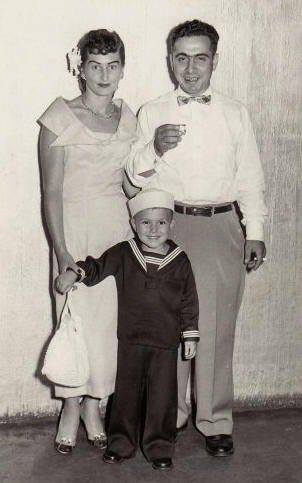
Erev Shabbat Service 6pm Subbing for Tim Okeefe with Cantor Inbal Sharett Singer and musicians Jayson Rodovsky, Jeff Bailey, Pete Whitman and Ernest Bisong.
more...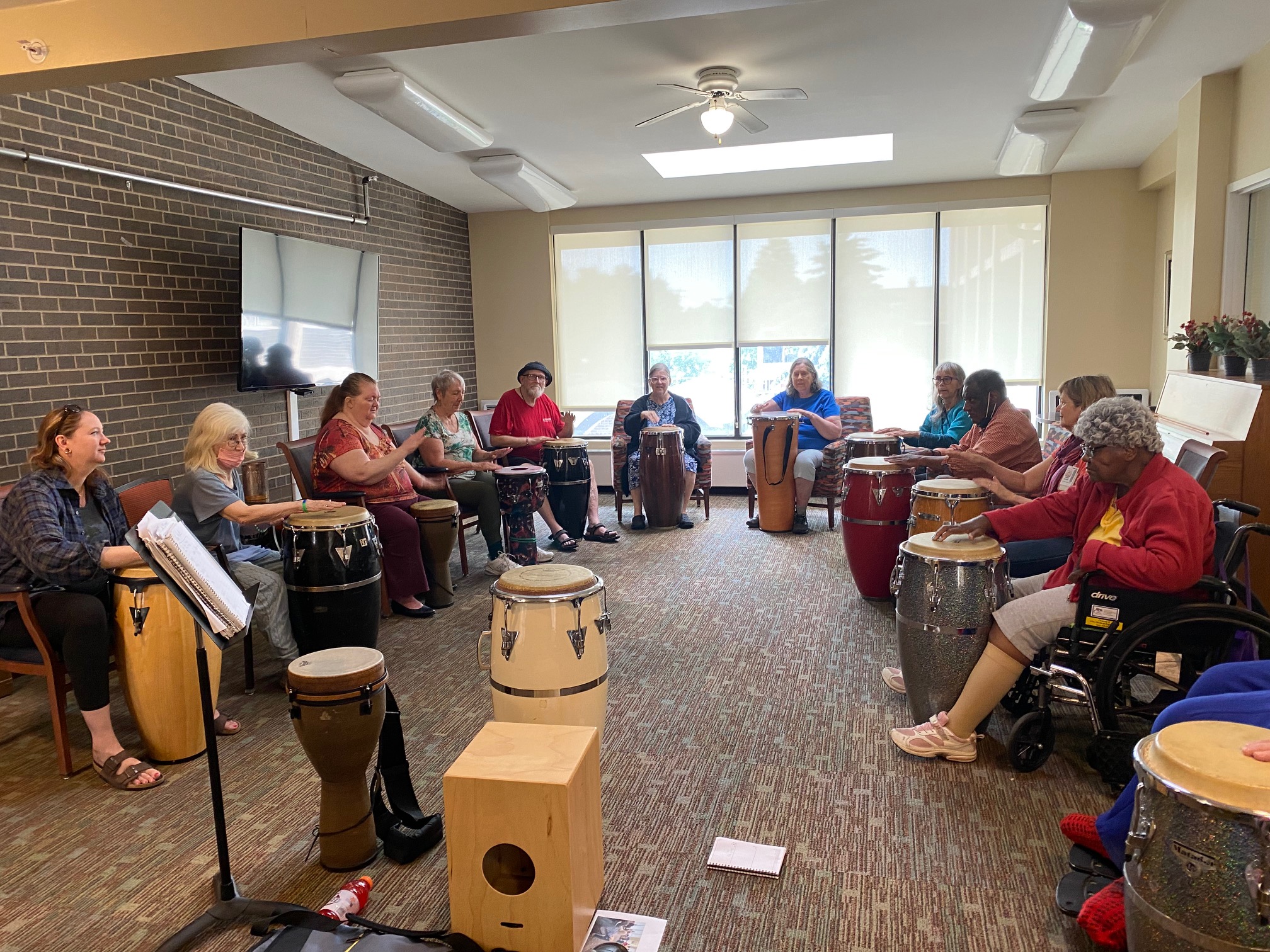
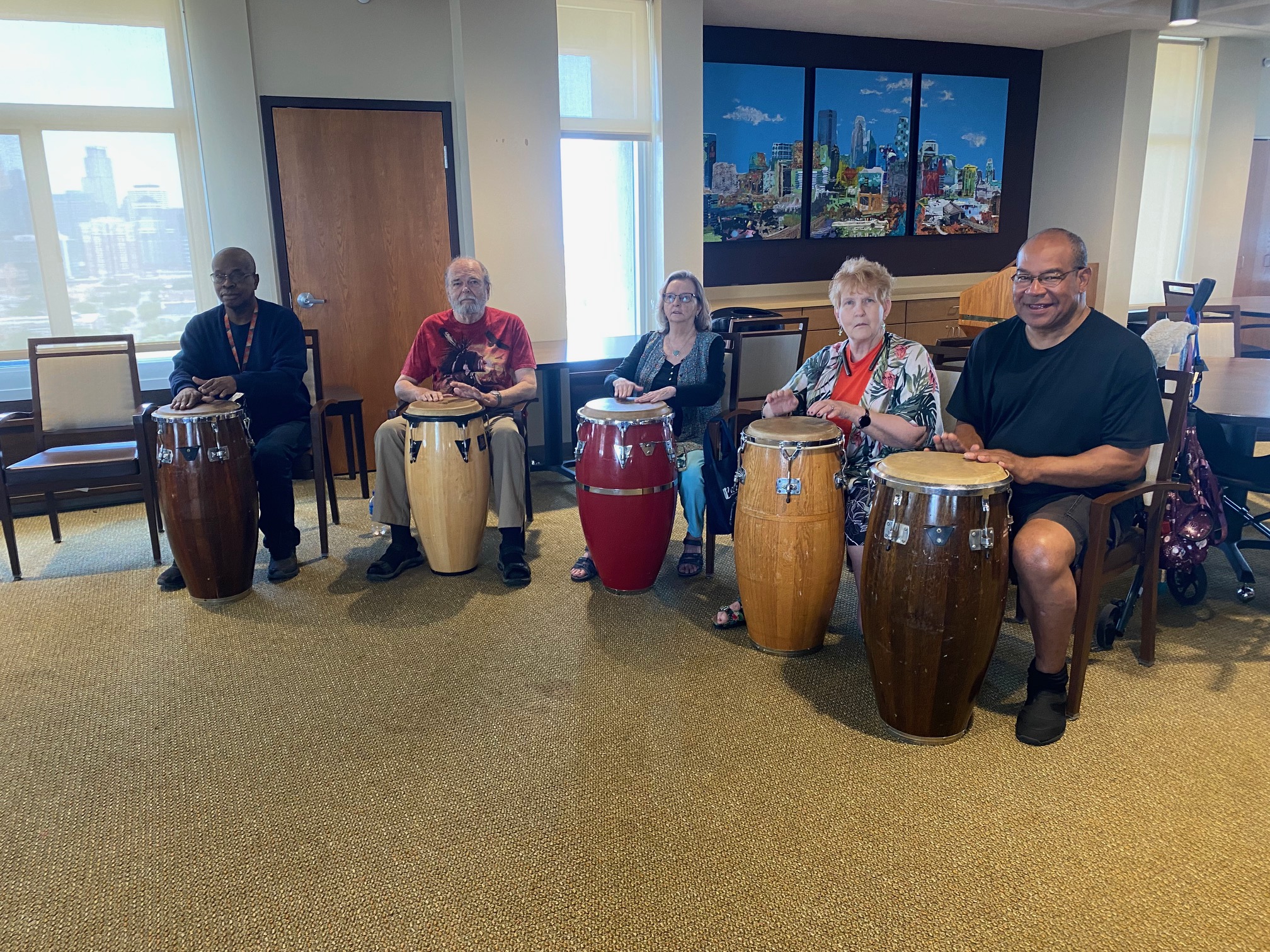
The North America Nebula (NGC 7000 or Caldwell 20) is an emission nebula in the constellation Cygnus, close to Deneb (the tail of the swan and its brightest star). It is named because its shape resembles North America.
On October 24, 1786, William Herschel observing from Slough, England, noted a “faint milky nebulosity scattered over this space, in some places pretty bright.” The most prominent region was catalogued by his son John Herschel on August 21, 1829. It was listed in the New General Catalogue as NGC 7000, where it is described as a “faint, most extremely large, diffuse nebulosity.”
In 1890, the pioneering German astrophotographer Max Wolf noticed this nebula’s characteristic shape on a long-exposure photograph, and dubbed it the North America Nebula.
In his study of nebulae on the Palomar Sky Survey plates in 1959, American astronomer Stewart Sharplessrealised that the North America Nebula is part of the same interstellar cloud of ionized hydrogen (H II region) as the Pelican Nebula, separated by a dark band of dust, and listed the two nebulae together in his second list of 313 bright nebulae as Sh2-117. American astronomer Beverly T. Lynds catalogued the obscuring dust cloud as L935 in her 1962 compilation of dark nebulae. Dutch radio astronomer Gart Westerhout detected the HII region Sh2-117 as a strong radio emitter, 3° across, and it appears as W80 in his 1958 catalogue of radio sources in the band of the Milky Way
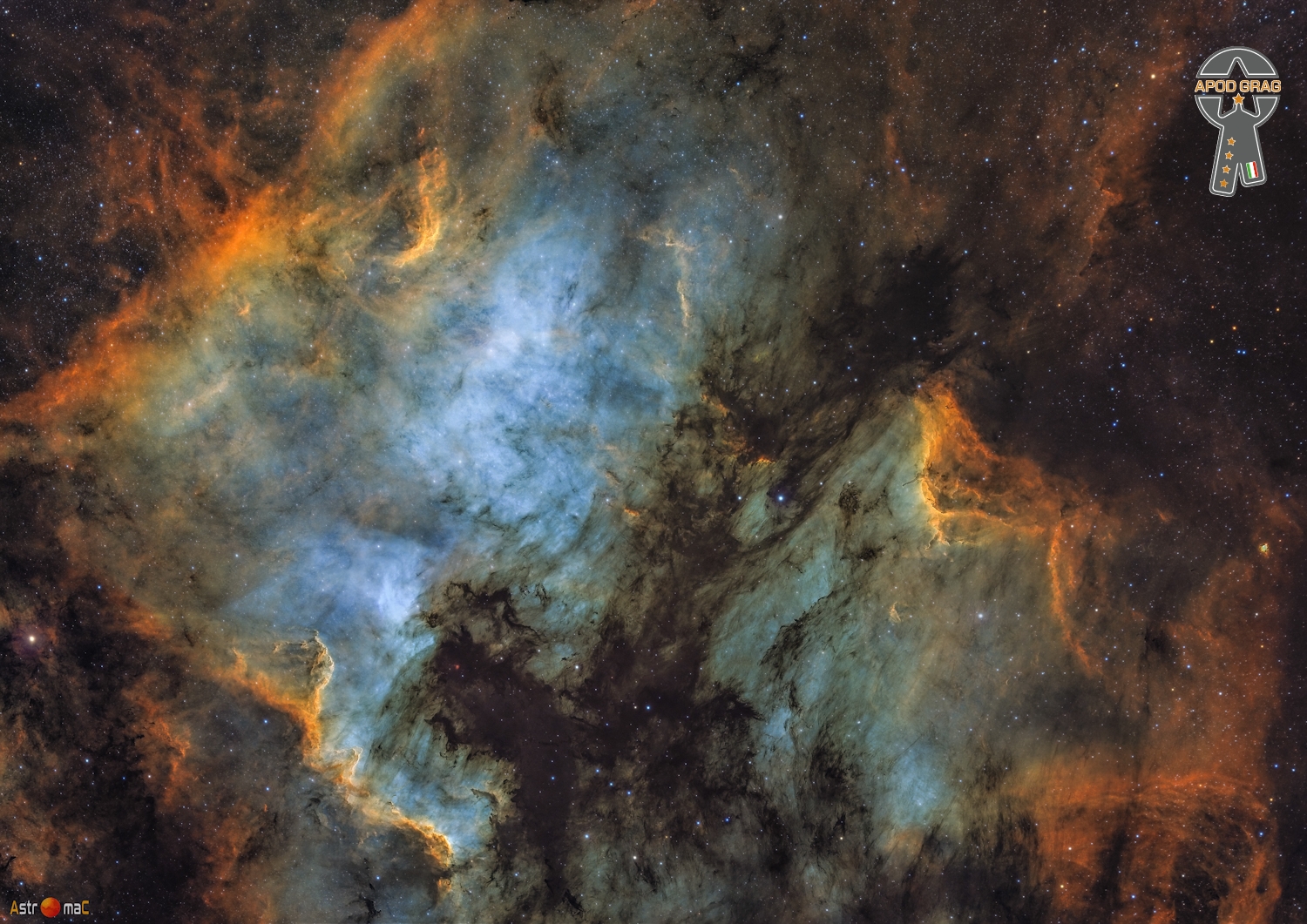
Gregory Hutchinson (born June 16, 1970) is an American jazz drummer.
Hutchinson’s father was a drummer in a reggae band, and he played with his father while growing up. He studied under Marvin “Smitty” Smith and Kenny Washington in the late 1980s, and began his career playing with Red Rodney in 1989–1990.
In the 1990s, he worked with Betty Carter, Roy Hargrove, Stephen Scott, Ray Brown, Eric Reed, Joe Henderson, Marcus Printup, Antonio Hart, Joshua Redman, Greg Gisbert, Frank Wess, Steve Wilson, Andy LaVerne, Johnny Griffin, LaVerne Butler, Peter Bernstein, Claire Martin, Ben Wolfe, Jeremy Davenport, Mark Whitfield, Teodross Avery, Jimmy Smith, Kristin Korb, and Rodney Whitaker.
He is also an artist at Open Studio Jazz.
more...Olufela Olufemi Anikulapo Kuti (born 16 June 1962), popularly known as Femi Kuti, is a Nigerian musician born in London and raised in Lagos. He is the eldest son of Afrobeat pioneer Fela Kuti and a grandchild of political campaigner, women’s rights activist and traditional aristocrat Funmilayo Ransome-Kuti.
Femi Kuti began his musical career playing in his father’s band, Egypt 80. In 1986, Femi started his own band, Positive Force, establishing himself as an artist independent of his father’s legacy.
Femi Anikulapo Kuti was born in London to Fela and Remilekun (Remi) Ransome-Kuti (née Taylor; 1941-2000), and grew up in the former Nigerian capital, Lagos. His mother soon left his father, taking Femi to live with her. In 1977, however, Femi chose to move in with his father. Femi started playing the saxophone at the age of 15 and eventually became a member of his father’s band. He studied at Baptist Academy and Igbobi College.
more...Eli “Lucky” Thompson (June 16, 1924 – July 30, 2005) was an American jazz tenor and soprano saxophonist whose playing combined elements of swing and bebop. Although John Coltrane usually receives the most credit for bringing the soprano saxophone out of obsolescence in the early 1960s, Thompson (along with Steve Lacy) embraced the instrument earlier than Coltrane.
Thompson was born in Columbia, South Carolina, and moved to Detroit, Michigan, during his childhood.Thompson had to raise his siblings after his mother died, and he practiced saxophone fingerings on a broom handle before acquiring his first instrument. He joined Erskine Hawkins‘ band in 1942 upon graduating from high school.
After playing with the swing orchestras of Lionel Hampton, Don Redman, Billy Eckstine (alongside Dizzy Gillespie and Charlie Parker), Lucky Millinder, and Count Basie, he worked in rhythm and blues and then established a career in bebop and hard bop, working with Kenny Clarke, Miles Davis, Gillespie and Milt Jackson.
more...- Introduction (Starting the dance)
- First Letra and Coletilla and 2nd Llamada
- 2nd Letra and Subida
- Silencio
- Castellana
- Escobilla
- Buleria de Cadiz
- Estribillo or TiritiTran
- Ending the piece
more...
The Whirlpool Galaxy, also known as Messier 51a (M51a) or NGC 5194, is an interacting grand-design spiral galaxy with a Seyfert 2 active galactic nucleus. It lies in the constellation Canes Venatici, and was the first galaxy to be classified as a spiral galaxy. It is between 23 and 31 million light-years away and 76,900 ly (23,580 pc) in diameter.
The galaxy and its companion, NGC 5195, are easily observed by amateur astronomers, and the two galaxies may be seen with binoculars. The Whirlpool Galaxy has been extensively observed by professional astronomers, and its pair with NGC 5195 who study it to understand galaxy structure (particularly structure associated with the spiral arms) and galaxy interactions. Its pair with NGC 5194is among the most famous and relatively close interacting systems, and thus is a favorite subject of galaxy interaction models.
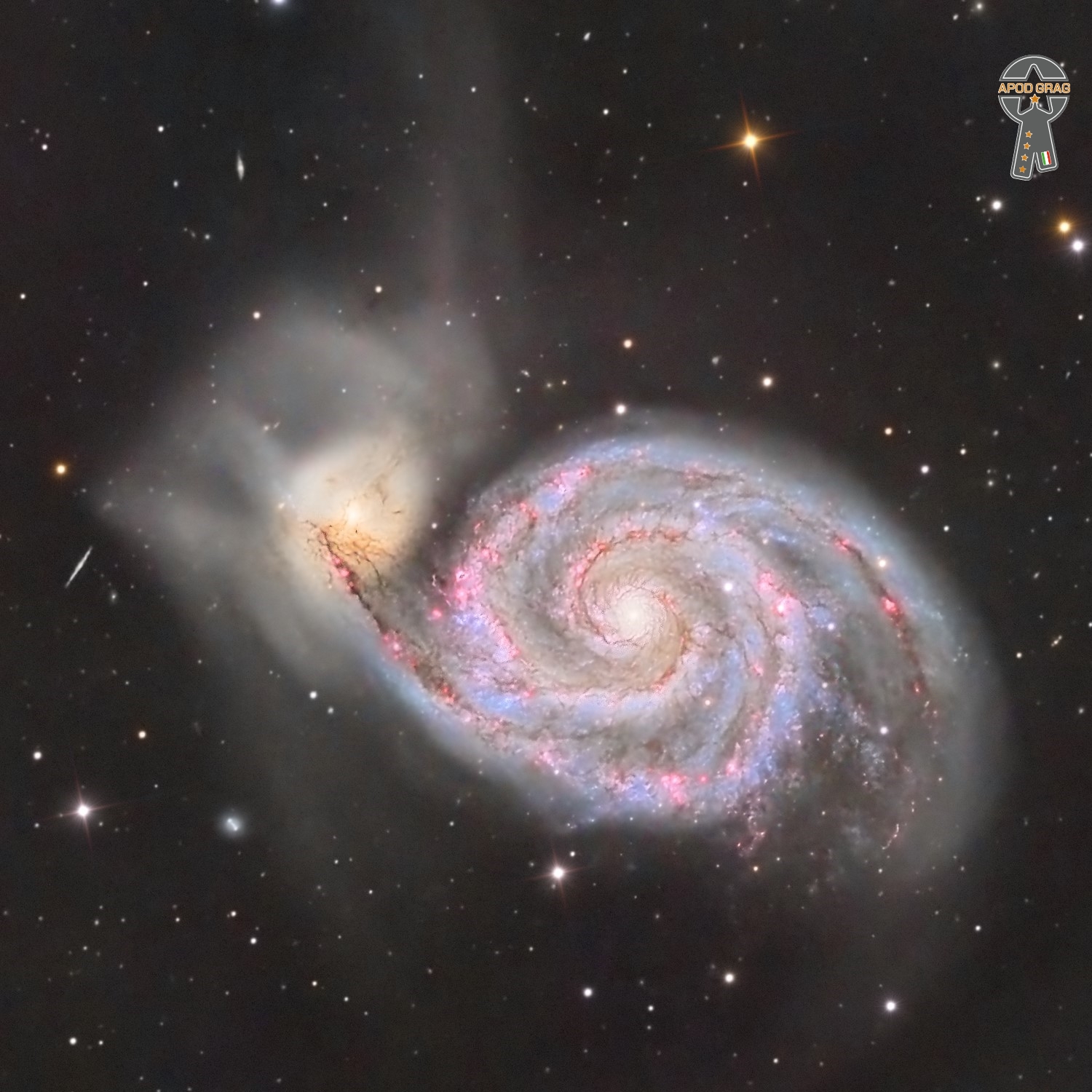
Harry Edward Nilsson III (June 15, 1941 – January 15, 1994), sometimes credited as Nilsson, was an American singer-songwriter who reached the peak of his commercial success in the early 1970s. His work is characterised by pioneering vocal overdub experiments, returns to the Great American Songbook, and fusions of Caribbean sounds. A tenor with a 3+1⁄2 octave range, Nilsson was one of the few major pop-rock recording artists to achieve significant commercial success without ever performing major public concerts or undertaking regular tours.
Born in Brooklyn, Nilsson moved to Los Angeles as a teenager to escape his family’s poor financial situation. While working as a computer programmer at a bank, he grew interested in musical composition and close-harmony singing, and was successful in having some of his songs recorded by various artists such as the Monkees. In 1967, he debuted on RCA Victor with the LP Pandemonium Shadow Show, followed by a variety of releases that included a collaboration with Randy Newman (Nilsson Sings Newman, 1970) and the original children’s story The Point! (1971). He created the first remix album (Aerial Pandemonium Ballet, 1971) and recorded the first mashup song (“You Can’t Do That“, 1967). His most commercially successful album, Nilsson Schmilsson (1971), produced the international top 10 singles “Without You” and “Coconut“. His other top 10 hit, “Everybody’s Talkin’” (1968), was featured prominently in the 1969 film Midnight Cowboy. A version of Nilsson’s “One“, released by Three Dog Night in 1969, also reached the U.S. top 10.
Nillsson was known as a “singer-composer who is heard but not seen”, as he did not do concerts or shows. Prior to agreeing to be featured on an episode of director and producer’s Stanley Dorfman‘s In Concert series for the BBC, Nilsson had appeared only once, for a few moments, on television in Britain and once in America. Nilsson’s record producer, Richard Perry, referenced his lack of live performing in the book ‘The Record Producers’ by BBC Books, saying “He did do the In Concert series on BBC television with Stanley Dorfman, which was very popular at the time. His show was very interesting and innovative with a lot of new technology, multiple images and things like that, but I think any artist, with very few exceptions and none that I can really think of, can immeasurably enhance his career by appearing in front of the public. At some point, the public needs to reach out and touch the artist, experience and feel them in person.
Nilsson also appeared in a television special directed and produced by Stanley Dorfman for the BBC in 1973, entitled A Little Touch Of Schmilsson In The Night, which was filmed live in the BBC TV theatre in Shepherd’s Bush days after Nilsson and Frank Sinatra’s arranger Gordon Jenkins recorded Nilsson’s album by the same name with a live orchestra. With exception to three of his music videos, Nilsson only made five other appearances on film.
During a 1968 press conference, the Beatles were asked what their favourite American group was and answered “Nilsson”. Sometimes called “the American Beatle“, he soon formed close friendships with John Lennon and Ringo Starr. In the 1970s, Nilsson, Lennon and Starr were members of the Hollywood Vampiresdrinking club. They produced one collaborative album, Pussy Cats (1974). After 1977, Nilsson left RCA, and his record output diminished. In response to Lennon’s 1980 murder, he took a hiatus from the music industry to campaign for gun control. For the rest of his life, he recorded only sporadically.
In 1994, Nilsson died of a heart attack while in the midst of recording what became his last album, Losst and Founnd (2019).
The craft of Nilsson’s songs and defiant attitude he projected remain touchstones for later generations of indie rock musicians. Nilsson was voted No. 62 in Rolling Stone‘s 2015 list of the “100 Greatest Songwriters of All Time“, where he was described as “a pioneer of the Los Angeles studio sound” and “a crucial bridge” between 1960s psychedelia and the 1970s singer-songwriter era. The RIAA certified Nilsson Schmilsson and Son of Schmilsson (1972) as gold records, indicating over 500,000 units sold each. He earned two Grammy Awards (for “Everybody’s Talkin'” and “Without You”).
more...Nasheet Waits is an American jazz drummer.
Waits is a New York native who has been active on the jazz scene since early in his life. His father, percussionist Freddie Waits, died when Waits was 18.
Before pursuing a music career, Waits studied psychology and history at Morehouse College in Atlanta. He also holds a degree from Long Island University in music. While he was studying at L.I.U, instructor Michael Carvin secured Waits a spot in the percussion ensemble M’Boom, started by his father (Freddie Waits) and drummer Max Roach in 1970.
more...Joji “George” Kawaguchi (川口譲二) (June 15, 1927, Fukakusa, Kyoto – November 1, 2003, Tokyo) was a Japanese jazz drummer and bandleader. Kawaguchi was raised in Dairen, Manchukuo, at that time a Japanese-occupied territory. He played in his father’s ensemble as a teenager, and after World War II moved back to Japan, where he embarked on a career in jazz. He played first with an ensemble called the Azumanians, then joined the Big Four with Hidehiko Matsumoto, Hachidai Nakamura, and Mitsuru Ono; this ensemble played intermittently into the 1980s. He played extensively with Art Blakeyon tour in the 1980s. He recorded extensively as a leader; his sidemen included Isao Suzuki, Motohiko Hino, Takeshi Inomata, Donald Harrison, Terence Blanchard, Norio Maeda, Tatsuya Takahashi, and Nobuo Hara.
On July 22, 1966, he played with the John Coltrane quintet in Tokyo while the group was touring Japan.
more...John Arthur “Jaki” Byard ( June 15, 1922 – February 11, 1999) was an American jazzmulti-instrumentalist, composer, and arranger. Mainly a pianist, he also played tenor and alto saxophones, among several other instruments. He was known for his eclectic style, incorporating everything from ragtimeand stride to free jazz.
Byard played with trumpeter Maynard Ferguson in the late 1950s and early 1960s, and was a member of bands led by bassist Charles Mingus for several years, including on several studio and concert recordings. The first of his recordings as a leader was in 1960, but, despite being praised by critics, his albums and performances did not gain him much wider attention. In his 60-year career, Byard recorded at least 35 albums as leader, and more than 50 as a sideman. Byard’s influence on the music comes from his combining of musical styles during performance, and his parallel career in teaching.
From 1969 Byard was heavily involved in jazz education: he began teaching at the New England Conservatory of Music and went on to work at several other music institutions, as well as having private students. He continued performing and recording, mainly in solo and small group settings, but he also led two big bands – one made up of some of his students, and the other of professional musicians. His death, from a single gunshot while in his home, remains an unsolved mystery.
Byard was born in Worcester, Massachusetts, on June 15, 1922. At that time, his parents – John Sr and Geraldine Garr – were living at 47 Clayton Street. Both of his parents played musical instruments; his mother played the piano, as did his uncles and grandmother, the last playing in cinemas during the silent film era. He began piano lessons at the age of six, but they ended when his family was affected by the Great Depression. He was also given a trumpet that belonged to his father, and attempted to copy the popular players of the time, Roy Eldridge and Walter Fuller.
more...Erroll Louis Garner (June 15, 1921 – January 2, 1977) was an American jazz pianist and composer known for his swing playing and ballads. His instrumental ballad “Misty“, his best-known composition, has become a jazz standard. It was first recorded in 1956 with Mitch Miller and his orchestra, and played a prominent part in the 1971 motion picture Play Misty for Me.
Scott Yanow of Allmusic calls him “one of the most distinctive of all pianists” and a “brilliant virtuoso”.Garner received a star on the Hollywood Walk of Fame at 6363 Hollywood Boulevard. His live album Concert by the Sea first released in 1955, sold more than 1 million copies by 1958, and Yanow’s opinion on the album is that it “made such a strong impression that Garner was considered immortal from then on.”
Garner was born, along with twin brother Ernest in Pittsburgh, Pennsylvania on June 15, 1921, the youngest of six children. He attended George Westinghouse High School (as did fellow pianists Billy Strayhorn and Ahmad Jamal). Interviews with his family, music teachers, other musicians, and a detailed family tree can be found in Erroll Garner: The Most Happy Piano by James M. Doran.
more...PERFORMANCE DAY featuring the REDEMPTION DREAMERS percussion ensemble with Valencia Barnes singing Rivers of Babylon dressed in blue. The last in a series of the Rhythm Roots Workshop Residency at Cerenity Humboldt Senior Care center in St Paul. (https://cerenityseniorcare.org/cerenity-senior-care…/). 9th and FINAL in a series of 9 workshops exploring cultural rhythms from an array of world traditions. Wednesday June 14th 2023 130-3pm
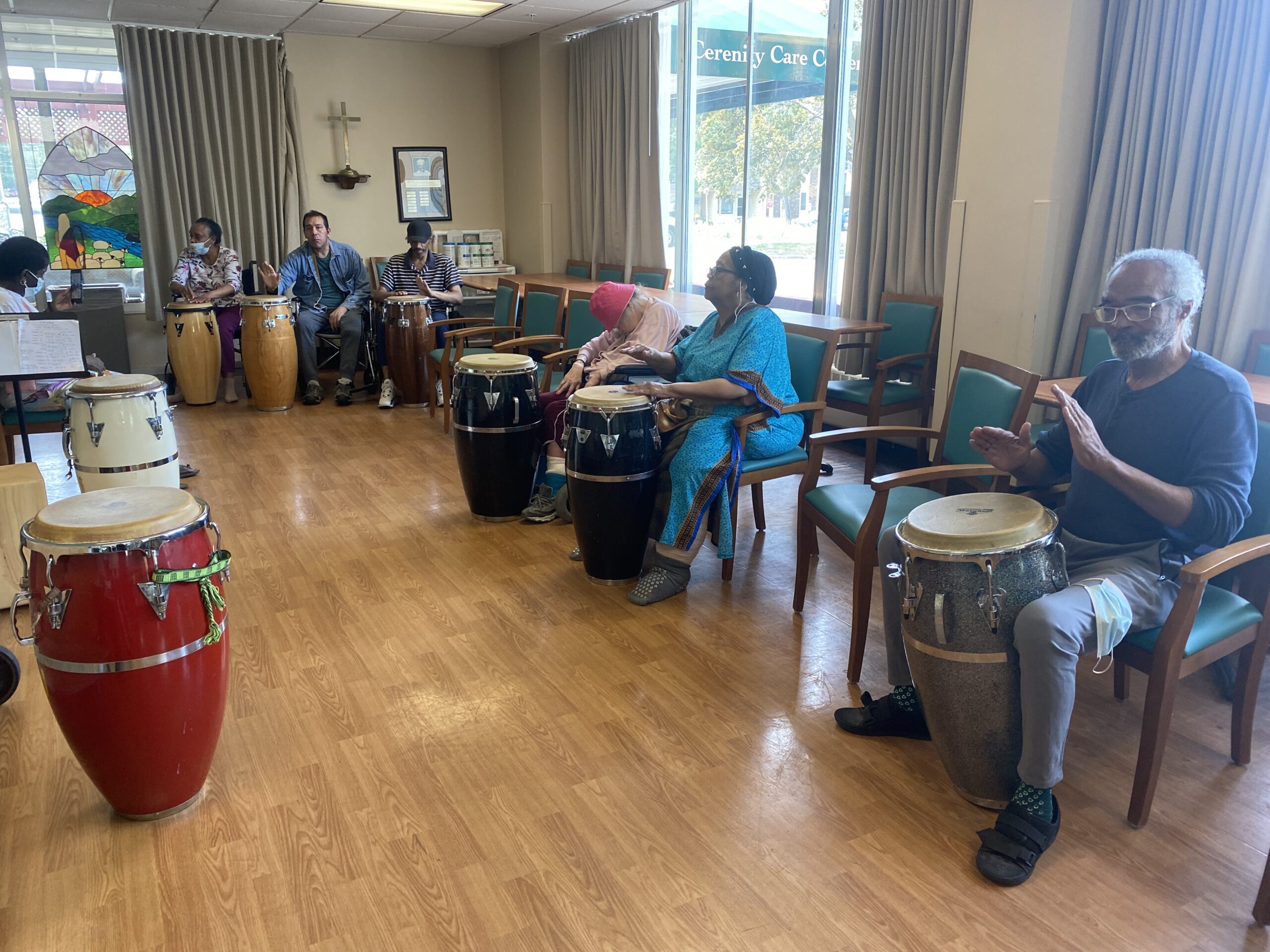
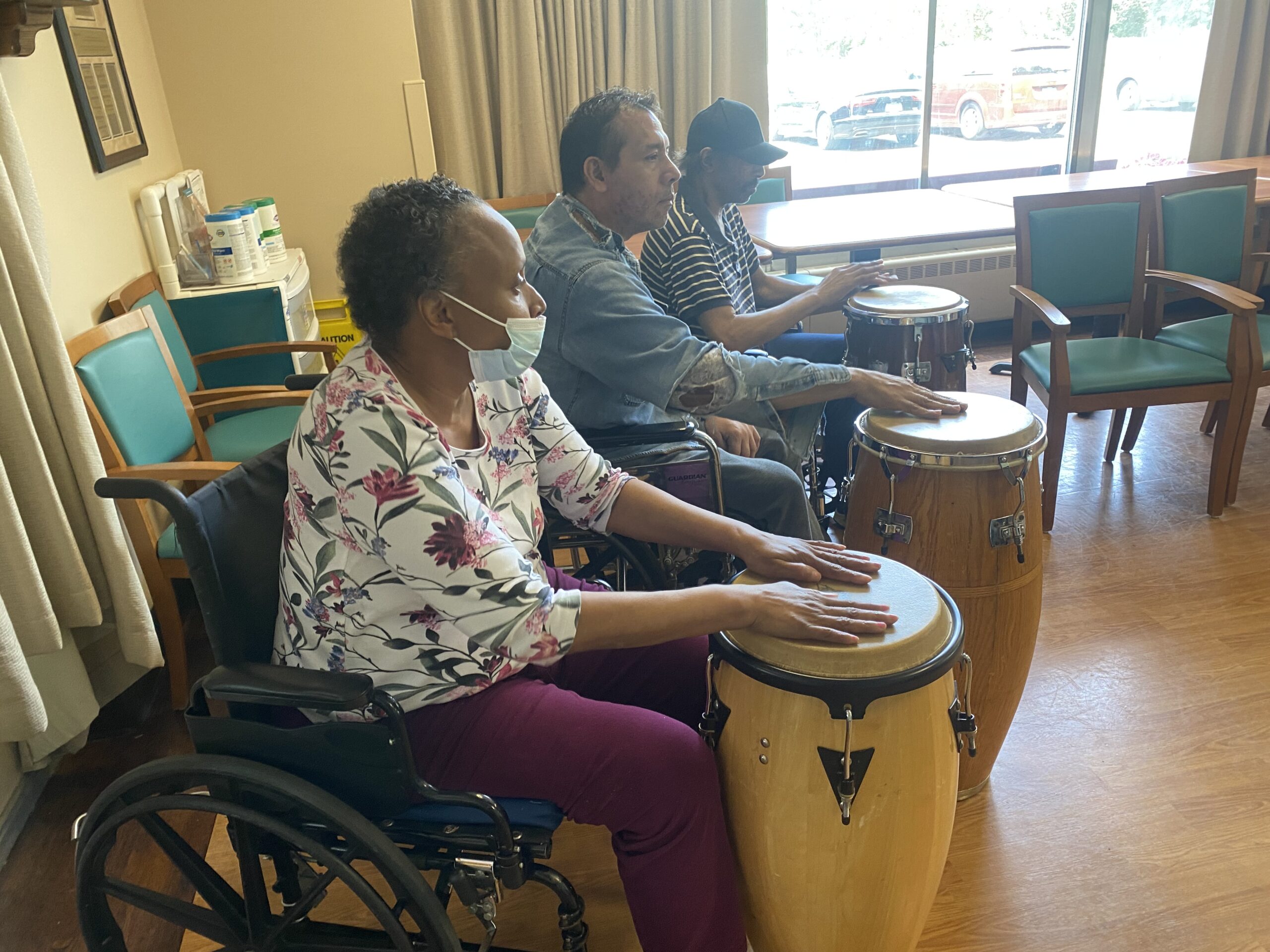
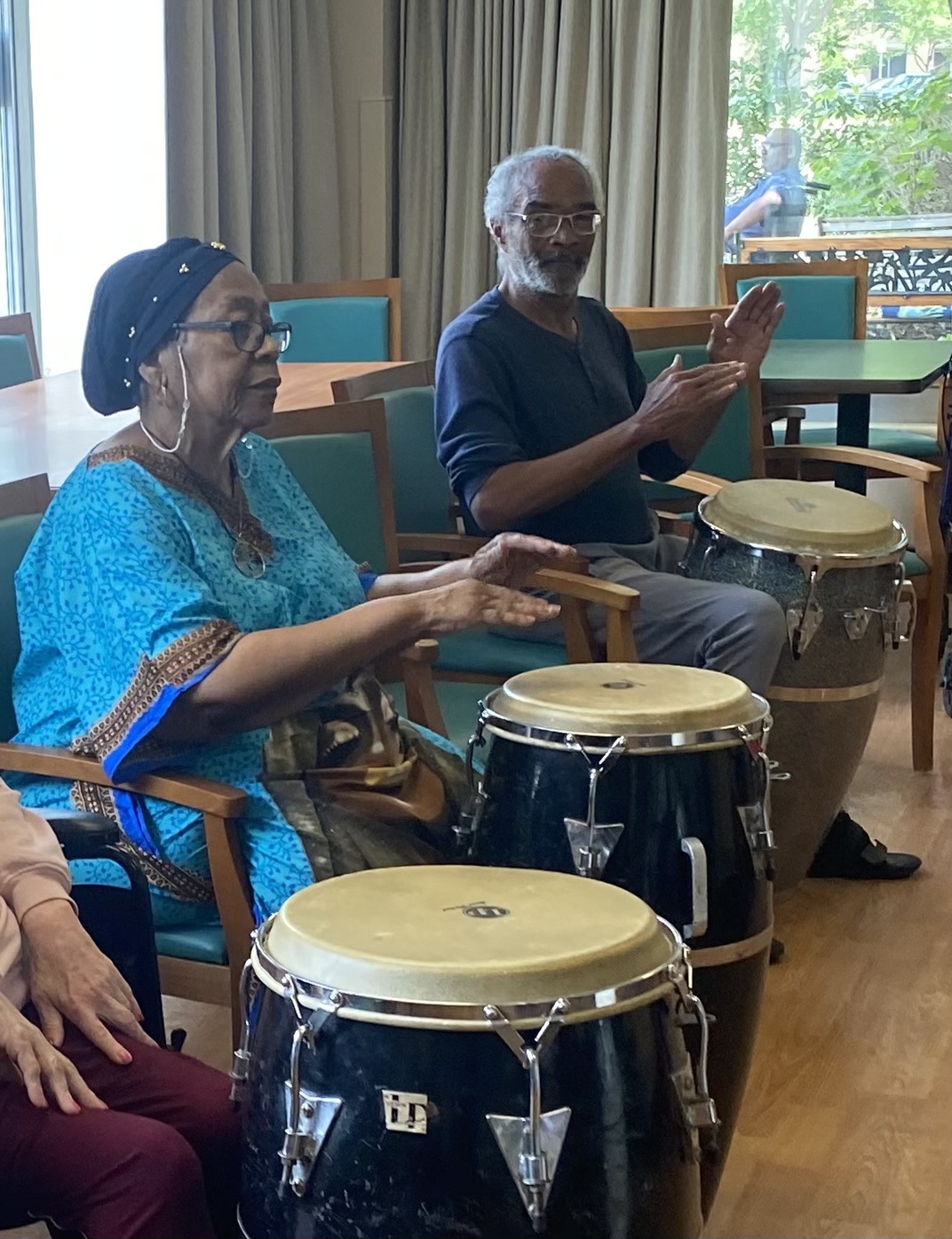
the Shark nebula. This predator apparition poses us no danger as it is composed only of interstellar gas and dust. Dark dust like that featured here is somewhat like cigarette smoke and created in the cool atmospheres of giant stars. After being expelled with gas and gravitationally recondensing, massive stars may carve intricate structures into their birth cloud using their high energy light and fast stellar winds as sculpting tools. The heat they generate evaporates the murky molecular cloud as well as causing ambient hydrogen gas to disperse and glow red. During disintegration, we humans can enjoy imagining these great clouds as common icons, like we do for water clouds on Earth. Including smaller dust nebulae such as Lynds Dark Nebula 1235 and Van den Bergh 149 & 150, the Shark nebula spans about 15 light years and lies about 650 light years away toward the constellation of the King of Aethiopia (Cepheus).
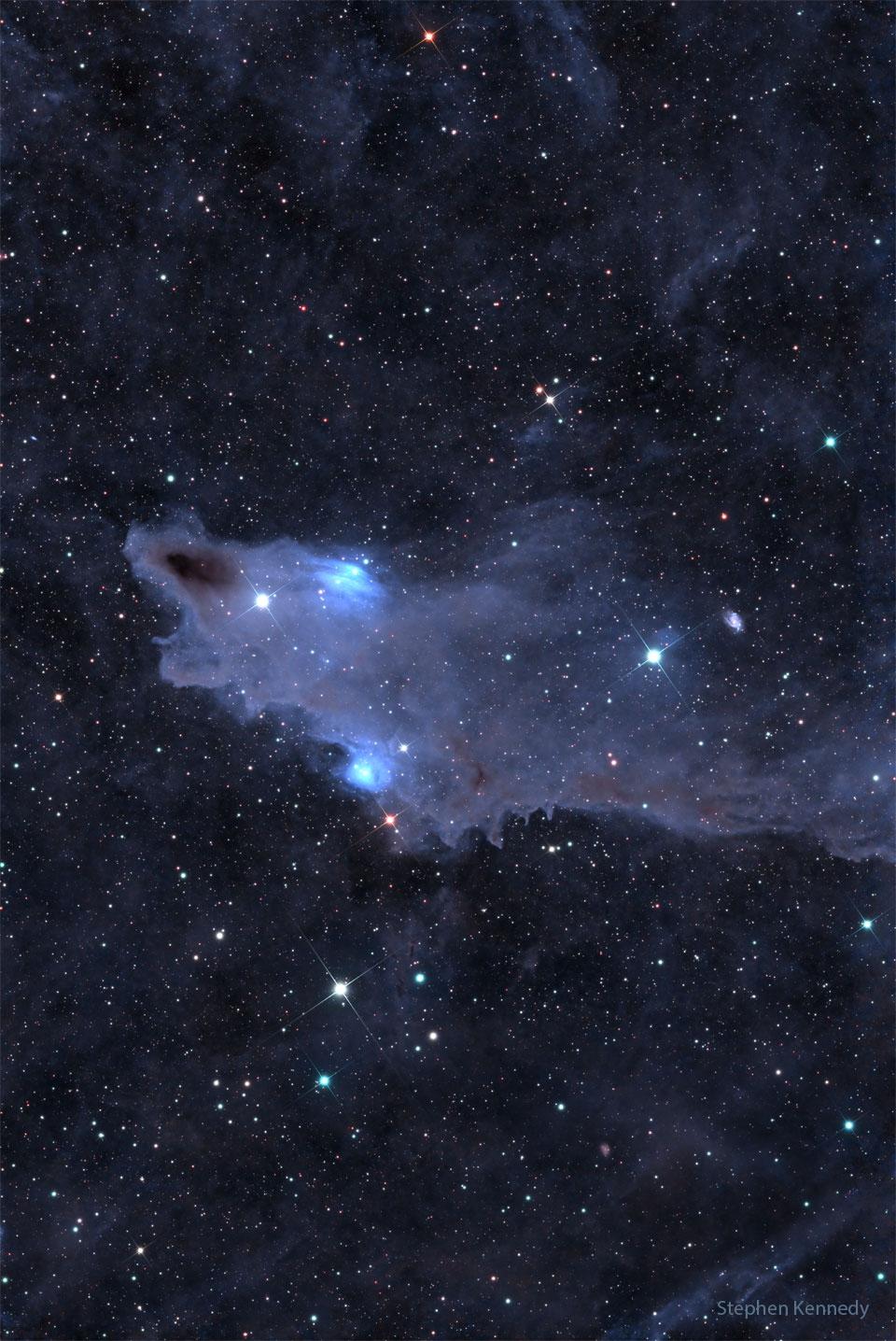
More Posts
- World Music with Kassé Mady Diabaté feat Pamela Badjogo & Bishop
- Daily Roots with Idren Natural
- The Cosmos with UGC 12113
- Gerry Brown Day
- Alfredo Remus Day
- World Music with Cameron
- Daily Roots with Earl Anthony
- The Cosmos with Suwannee River
- Don Byron Day
- Kenny Cox Day
- Warren Battiste Day
- Gatemouth Moore Day
- World Music with Rakesh Chaurasia
- Daily Roots with Culture Pee
- The Cosmos with NGG 6188
- Joni Mitchell Day
- David S Ware Day
- Joe Bushkin Day
- World Music with Susana Seivane
- Daily Roots with King Kong